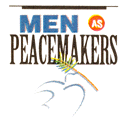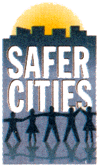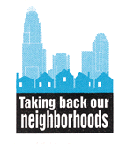Men as Peacemakers, Duluth, MN

Men as Peacemakers, Duluth, MN 1996
Partners:
Duluth (MN) News Tribune
WDSE-TV public television
Violence Free Duluth organization
The project “Men as Peacemakers” reversed the normal tendency to let men stay on the sidelines while women lead efforts to end violence and attracted the efforts of hundreds of Duluth men.
A community organization approached the media partners after a series of particularly gruesome incidents in Duluth, asking for help in promoting violence- prevention strategies. Initially, the partners agreed to finance a retreat, where about 50 men planned strategies for curbing violence. Impressed with the results, the partners launched a civic journalism project to explore the issue more fully.


